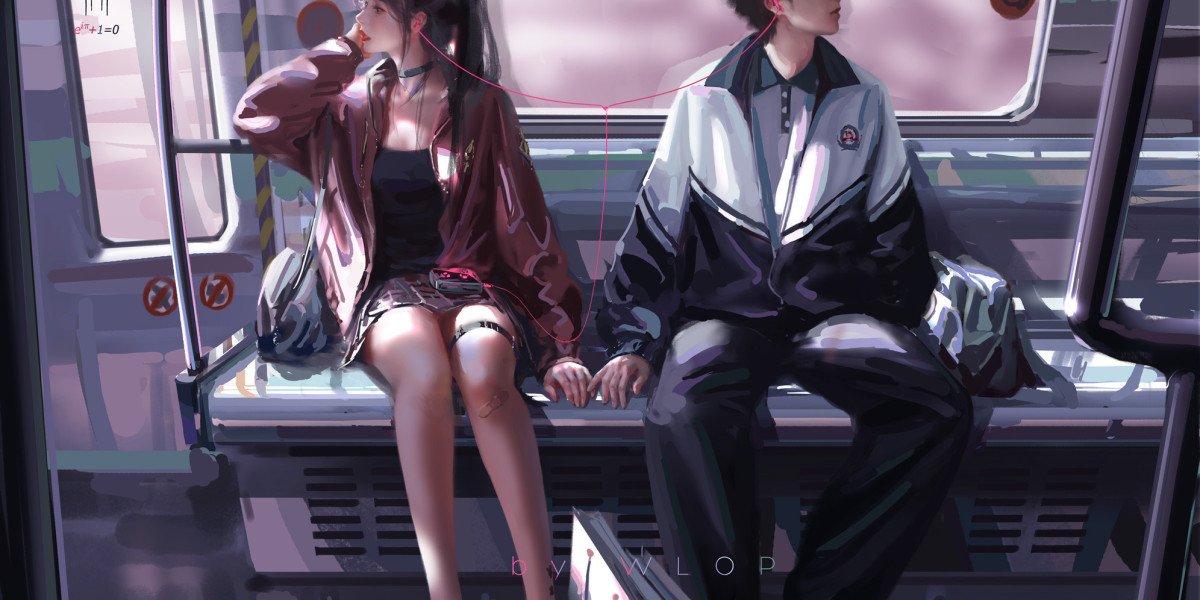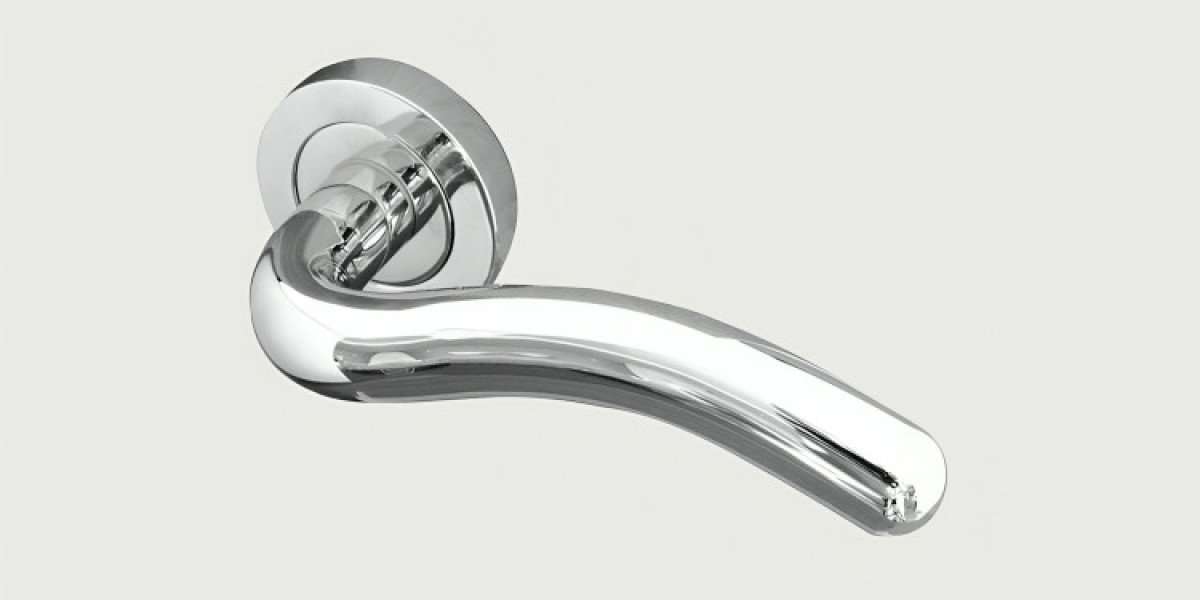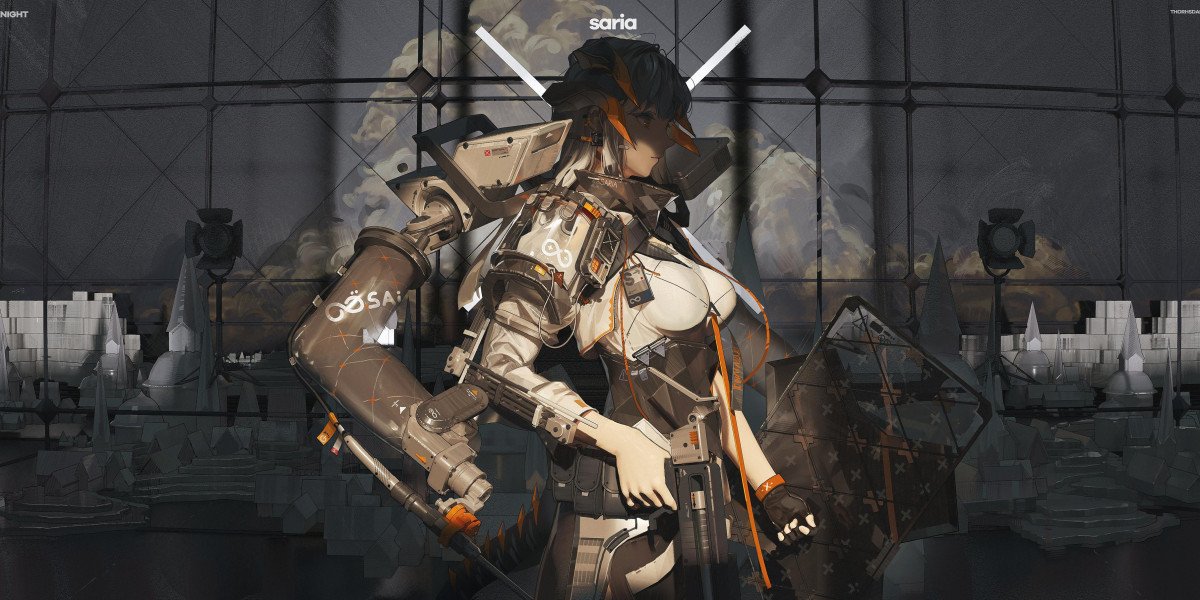Unlock the Secrets to Stunning Photos with Expert Lighting Techniques!
In the world of photography, lighting is often considered the most critical component. It has the power to elevate an ordinary image into a breathtaking visual experience. Whether you are capturing the soft glow of a sunset or the vibrant colors of a street market, understanding how to manipulate light can be the difference between a snapshot and a masterpiece. This article aims to guide you through the top-rated professional lighting techniques that can enhance your photography, making every shot a potential work of art. Get ready to discover how simple adjustments to lighting can unlock the full potential of your images!

Understanding the Basics of Lighting in Photography
To master lighting in photography, it's essential to understand the basic concepts that govern how light interacts with your subjects. Lighting can be categorized into natural and artificial types. Natural light comes from the sun and varies throughout the day, creating different moods and colors in your photographs. Artificial light, on the other hand, can be manipulated in various ways to achieve specific effects. Key terms like exposure, contrast, and color temperature are fundamental in this context. Exposure refers to how much light is allowed to hit the camera sensor, which can affect the brightness of your image. Contrast is the difference between the darkest and lightest parts of a photo, while color temperature describes the warmth or coolness of the light, impacting the overall feel of the image. Understanding these principles lays the groundwork for creating stunning photographs.
Essential Lighting Equipment for Professional Photography
Professional photographers often rely on specific lighting equipment to achieve the desired effects in their images. Items such as softboxes, reflectors, and diffusers are staples in many photographers' kits. Softboxes are designed to diffuse light, creating a softer, more even illumination that helps to eliminate harsh shadows. Reflectors bounce light back onto the subject, allowing you to fill in shadows without introducing additional light sources. Diffusers work similarly, softening the intensity of light, making it ideal for portrait photography. Each piece of equipment serves a unique purpose, and understanding how to use them effectively can dramatically enhance your images. Personally, I remember a friend who transformed her portrait photography by simply incorporating a softbox into her setup, allowing her subjects to look more natural and inviting.
Techniques for Mastering Lighting in Your Photos
Once you have a grasp of the basics and the essential equipment, it’s time to delve into advanced lighting techniques. One popular method is three-point lighting, which involves using a key light, fill light, and backlight to create a balanced and dynamic image. The key light is the primary light source, while the fill light reduces shadows created by the key light. The backlight adds depth by illuminating the subject from behind, creating a halo effect that separates them from the background. Another technique is backlighting, where the light source is positioned behind the subject, which can create dramatic silhouettes. Additionally, using gels can introduce color effects that can add creativity to your images. I once experimented with colored gels during a sunset shoot, and the results were nothing short of magical, as the colors blended beautifully with the natural light.
Common Lighting Mistakes and How to Avoid Them
Even seasoned photographers can fall victim to common lighting mistakes. One frequent issue is harsh shadows caused by direct lighting, which can create unflattering results. To avoid this, try diffusing the light or adjusting your angle. Overexposure is another common mistake, where too much light results in loss of detail in bright areas. Use your camera's histogram to monitor exposure levels and make adjustments as necessary. Poor color balance can also detract from an image; this can often be corrected in post-processing, but it’s best to get it right in-camera by adjusting your white balance settings. By being aware of these pitfalls and making minor adjustments, you can significantly improve the quality of your work.
Enhancing Photography with Effective Lighting Techniques
Mastering lighting techniques is essential for anyone looking to take their photography to the next level. By understanding the basics of lighting, investing in the right equipment, and experimenting with advanced techniques, you can transform your photos from ordinary to extraordinary. Lighting is not just about illumination; it’s about creating mood, depth, and emotion in your images. I encourage you to practice these techniques and explore different setups to discover what works best for you. The more you experiment, the more skilled you will become, ultimately leading to stunning photographs that capture the essence of your subjects.








